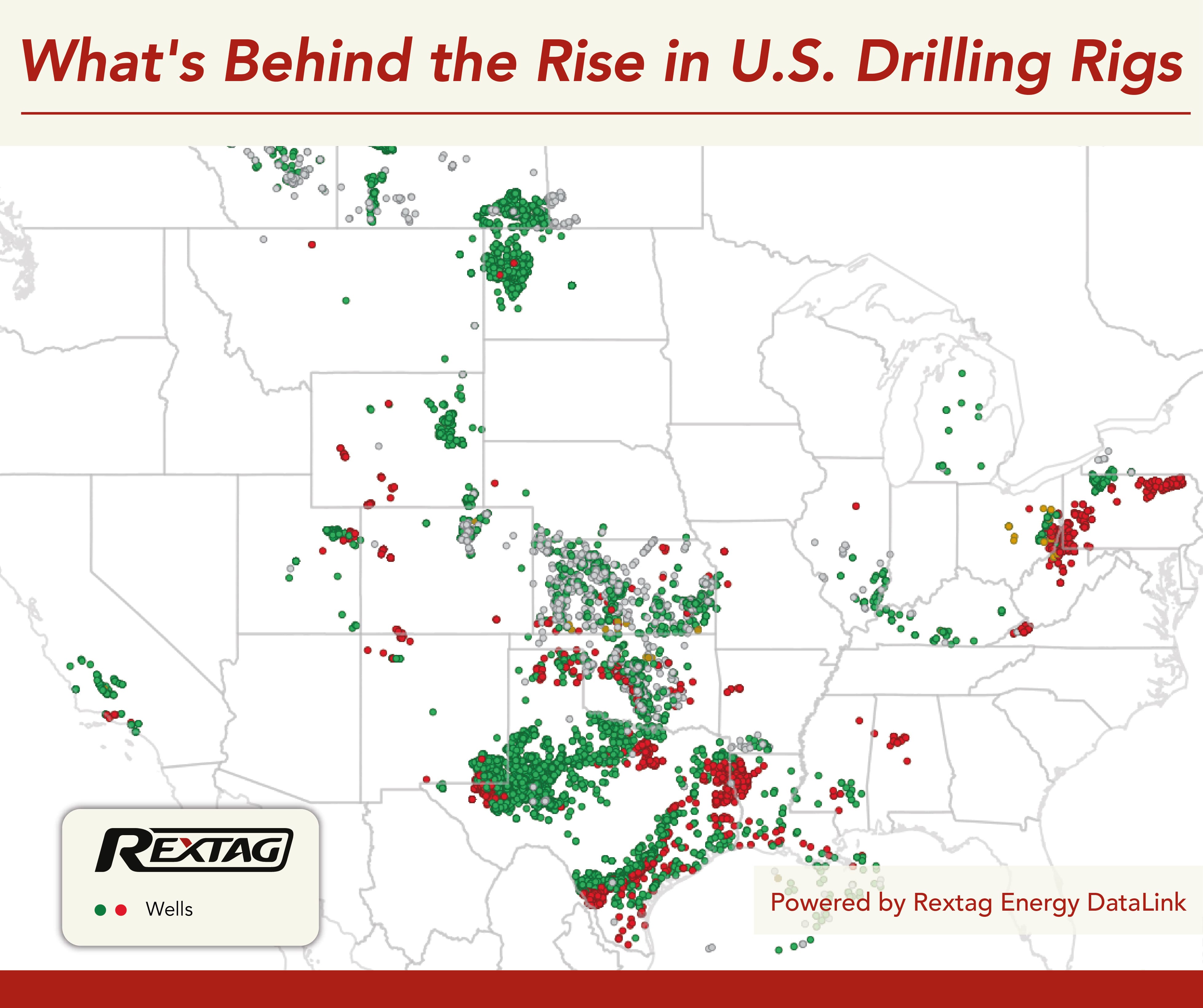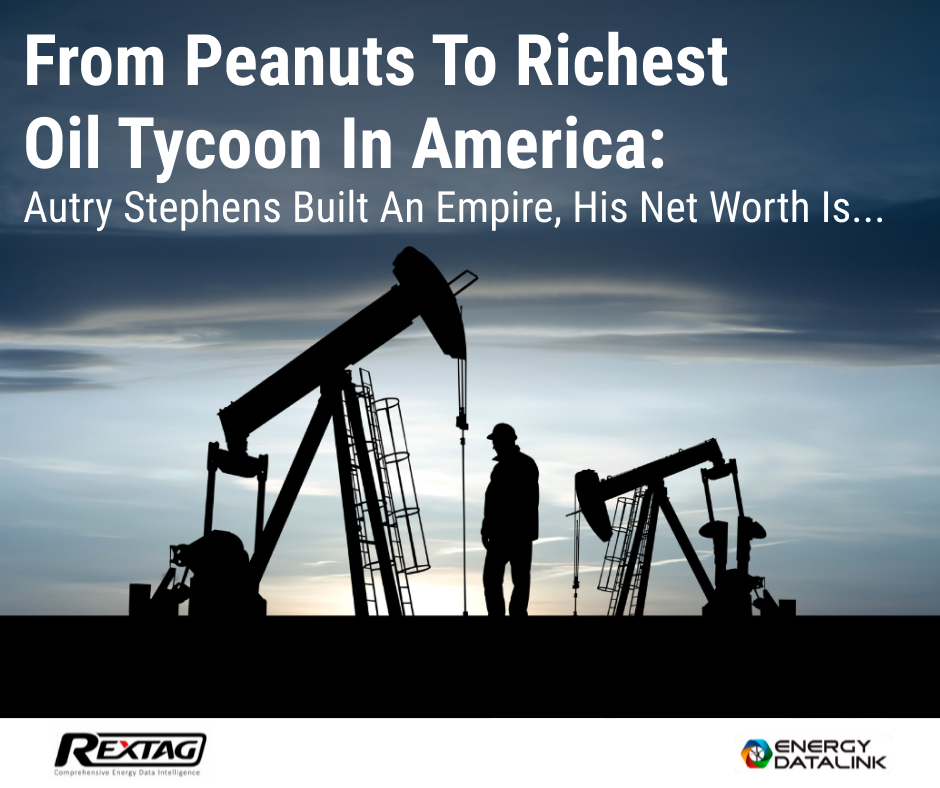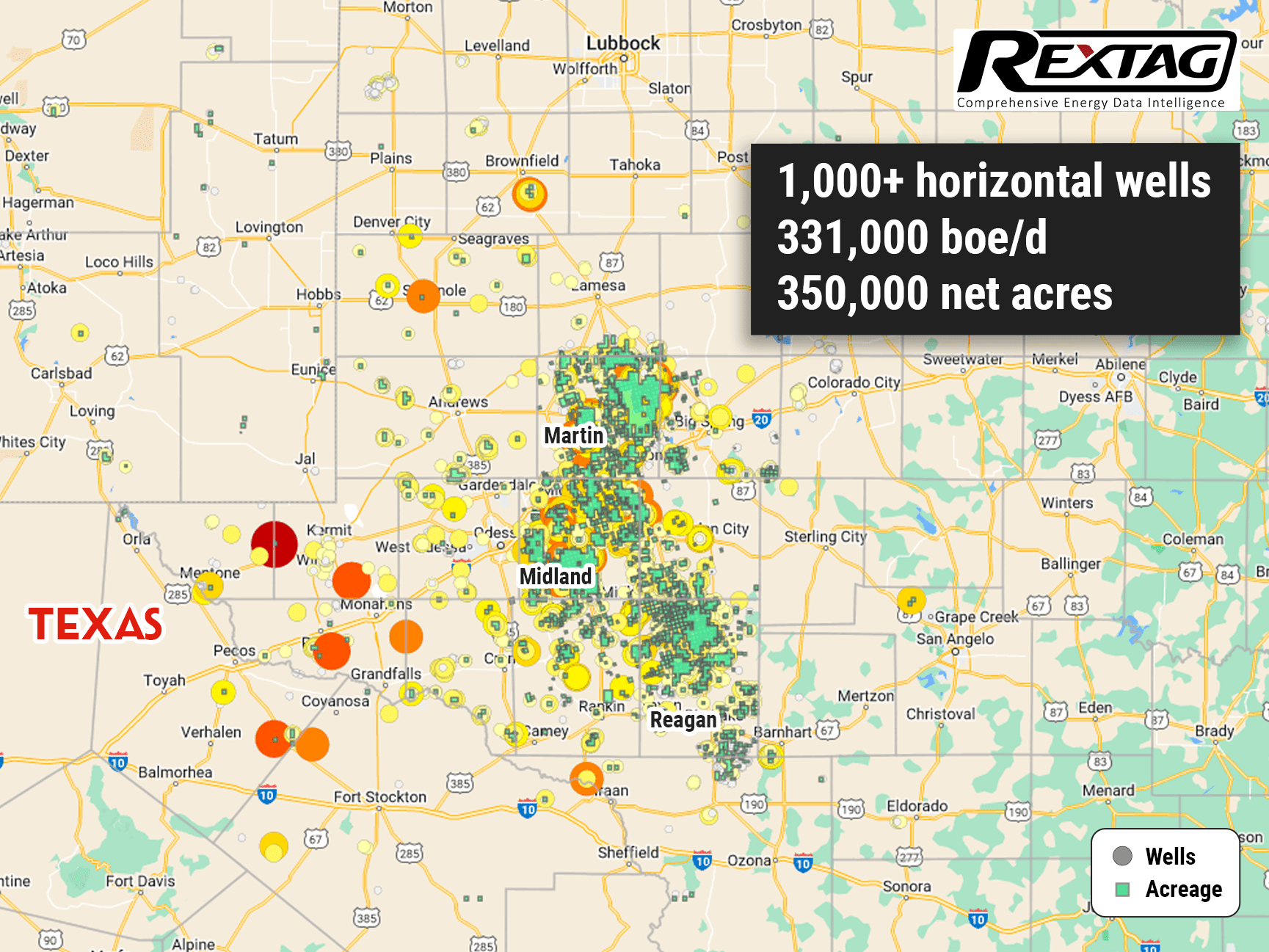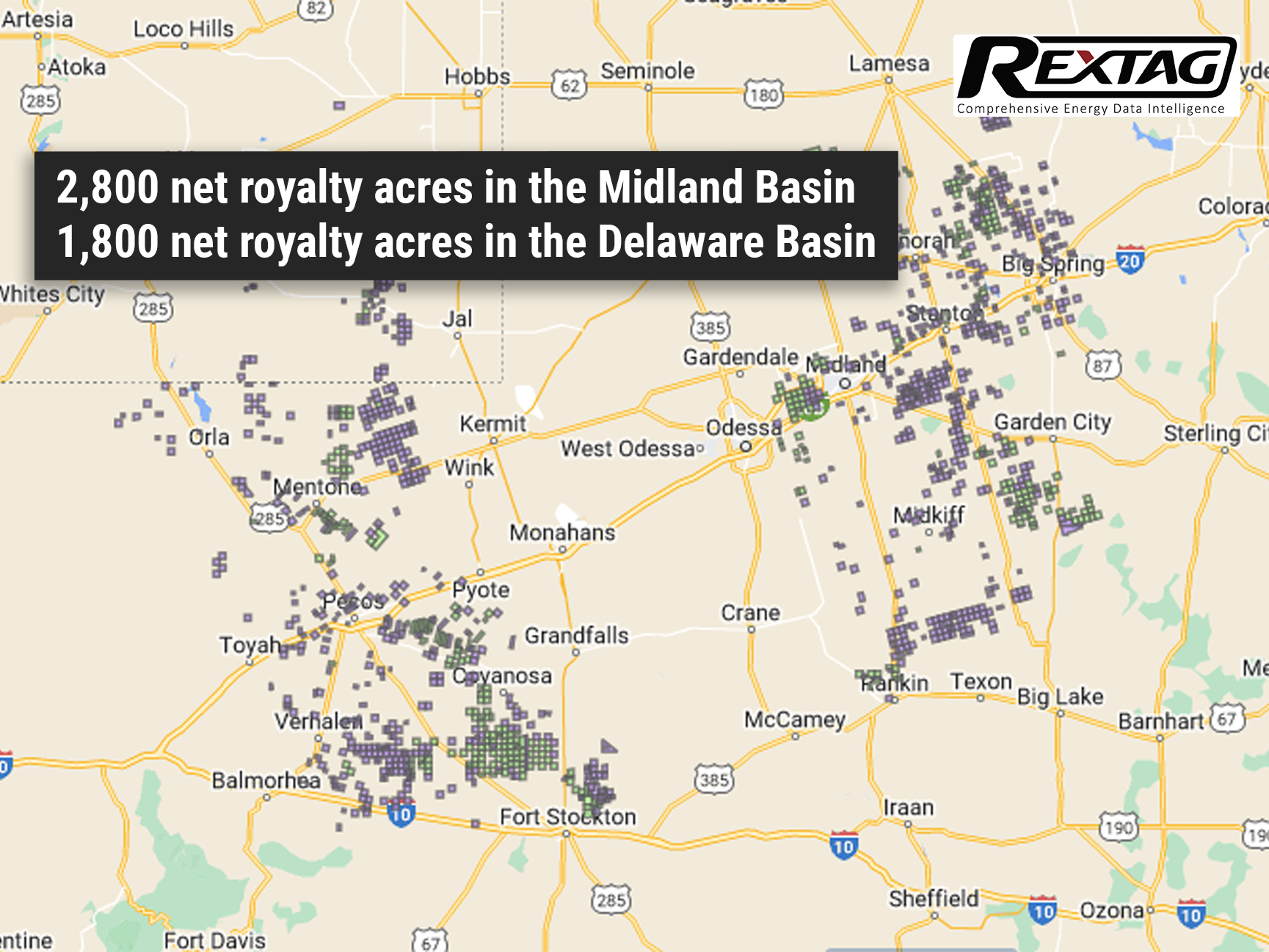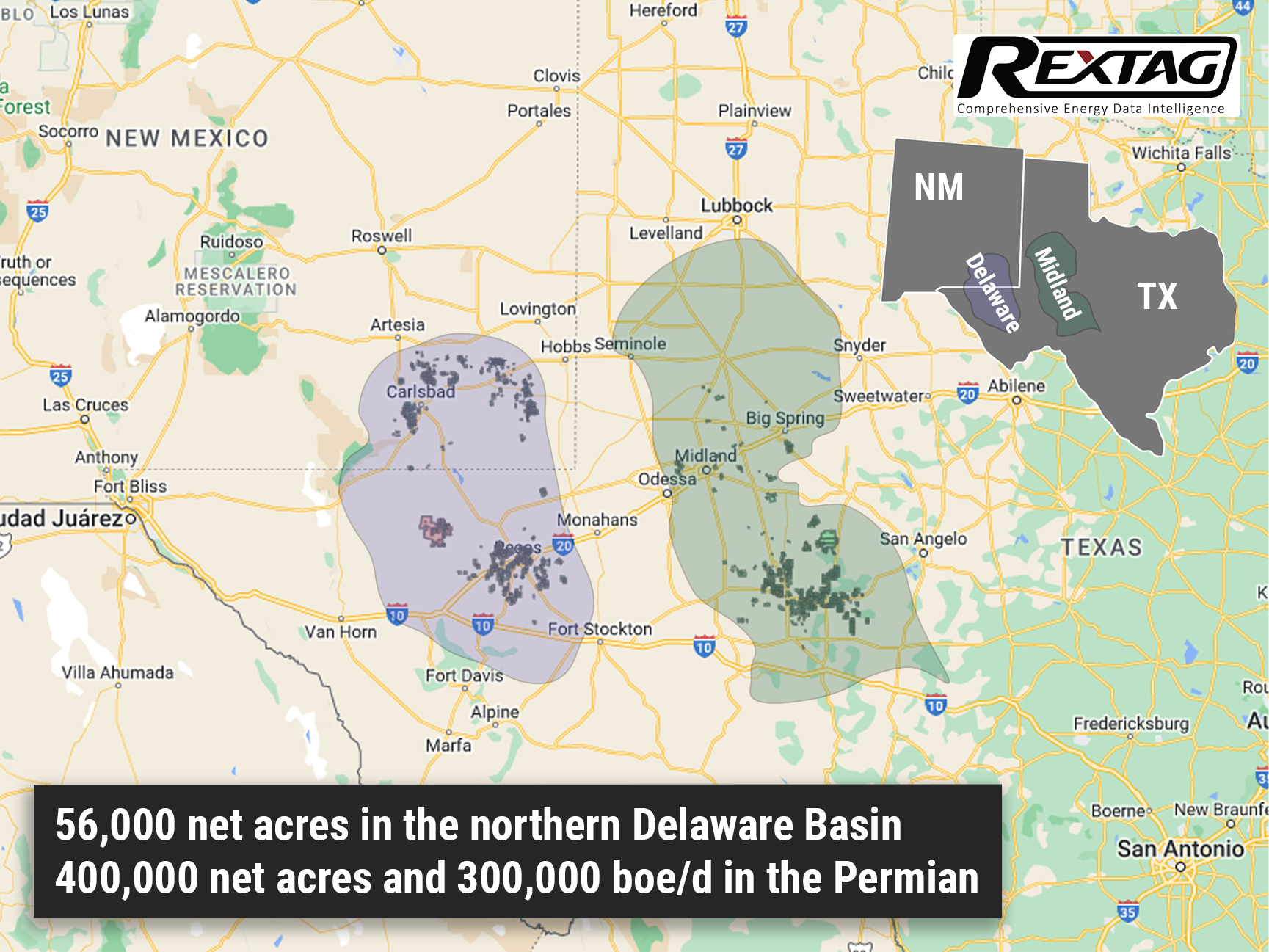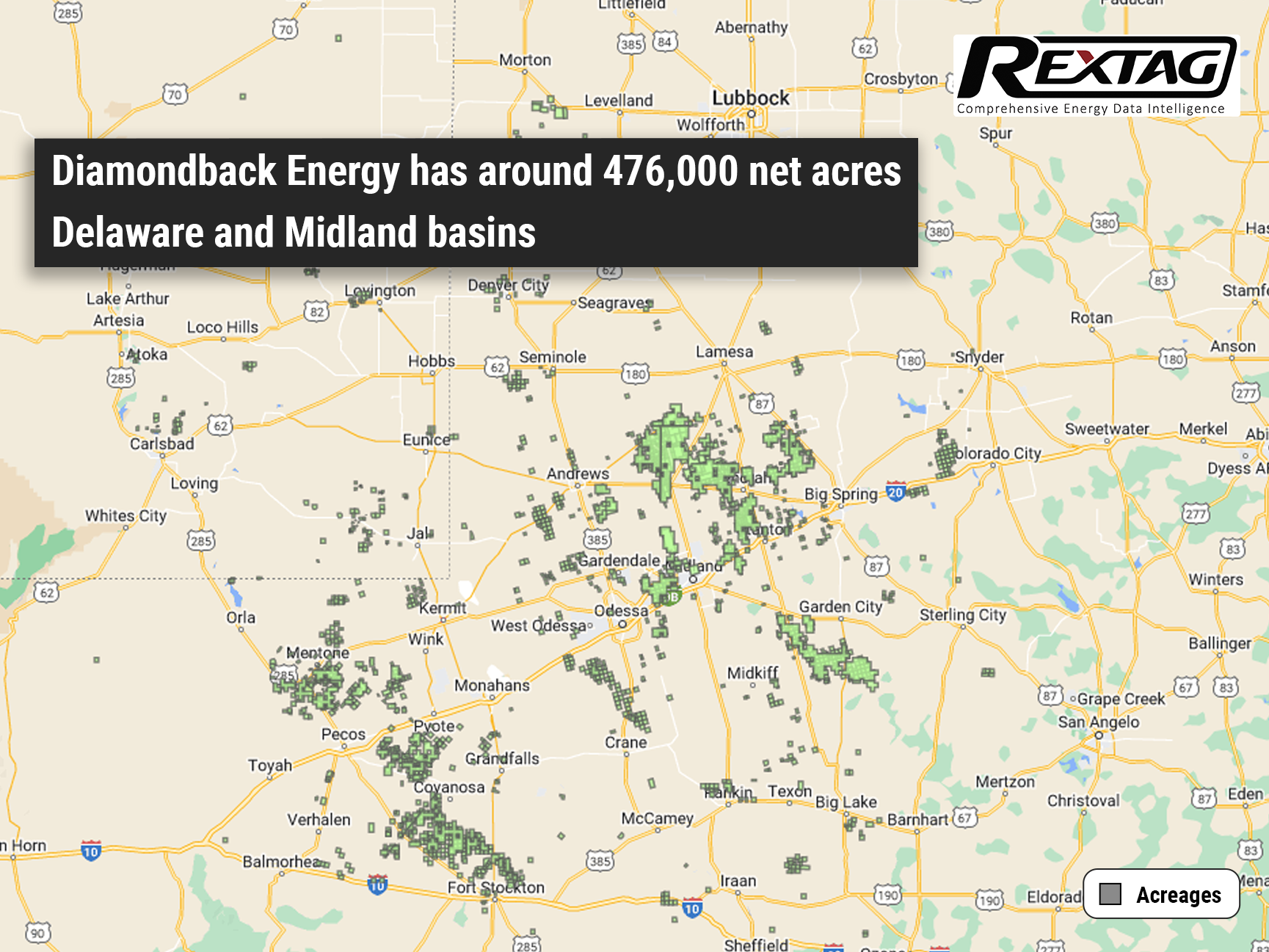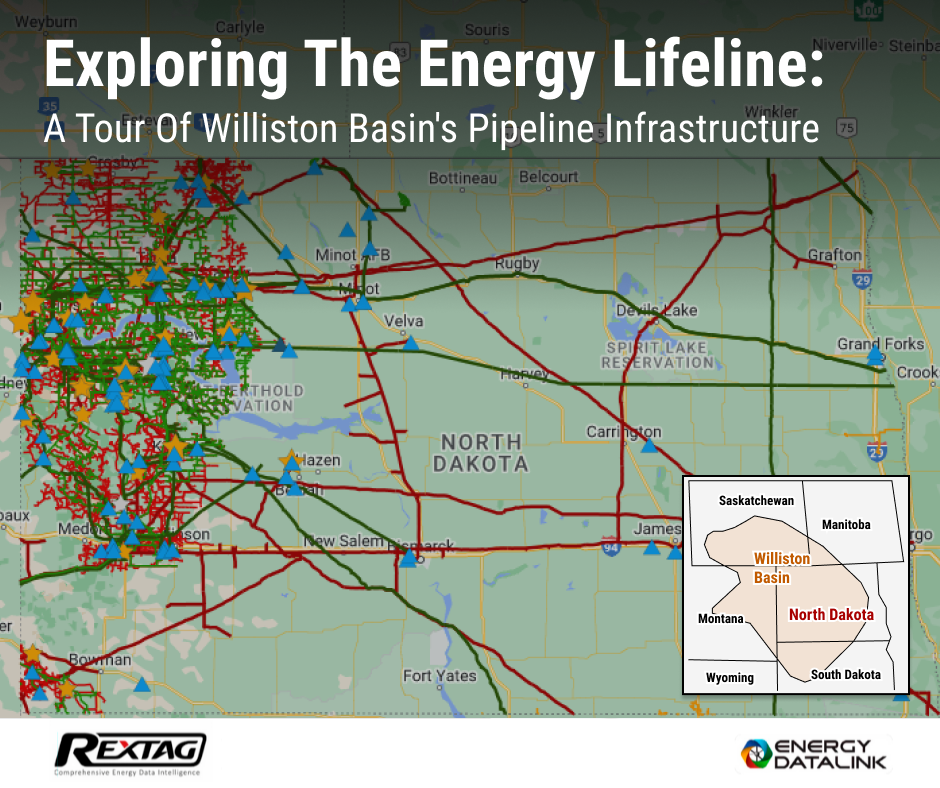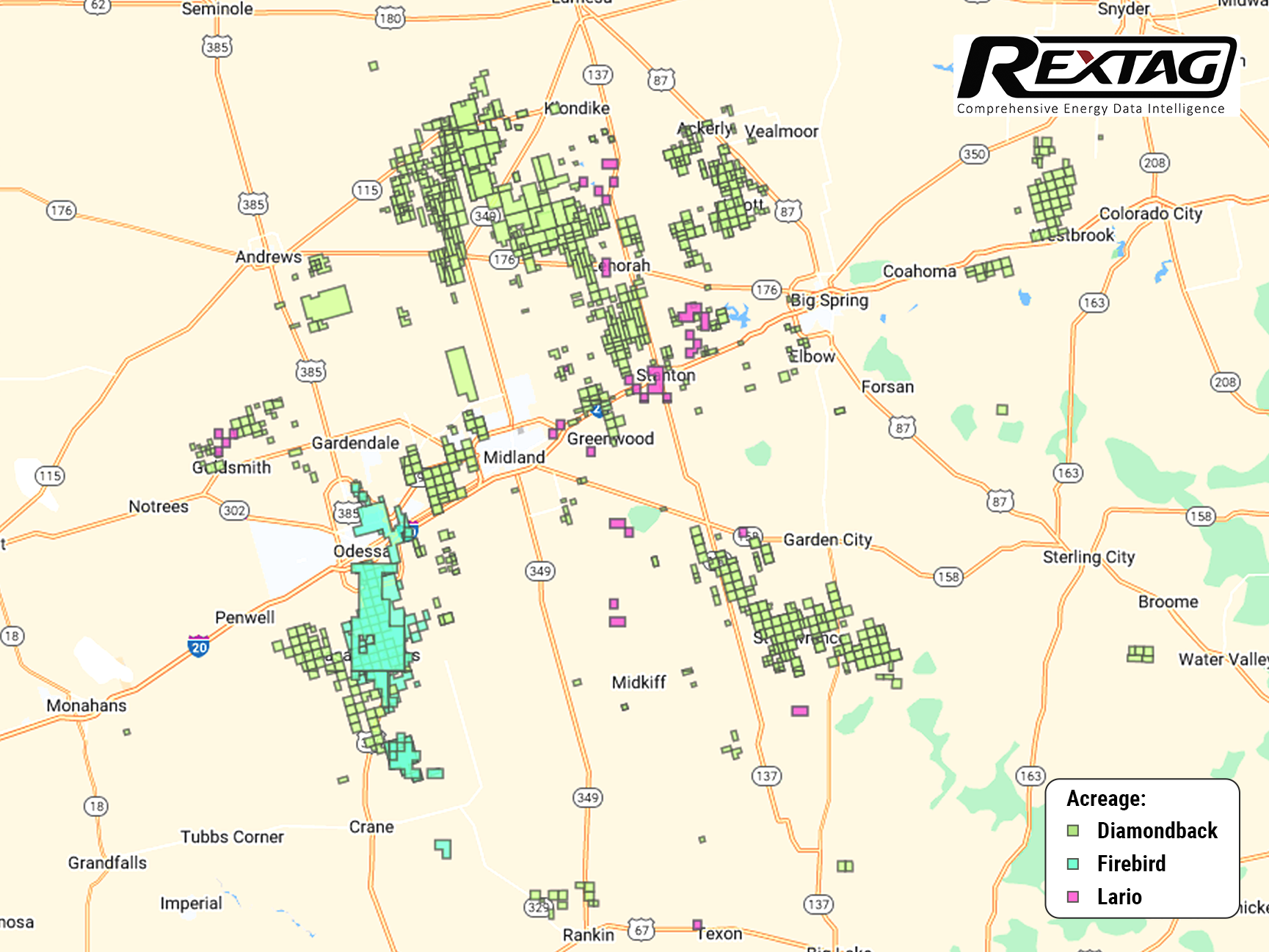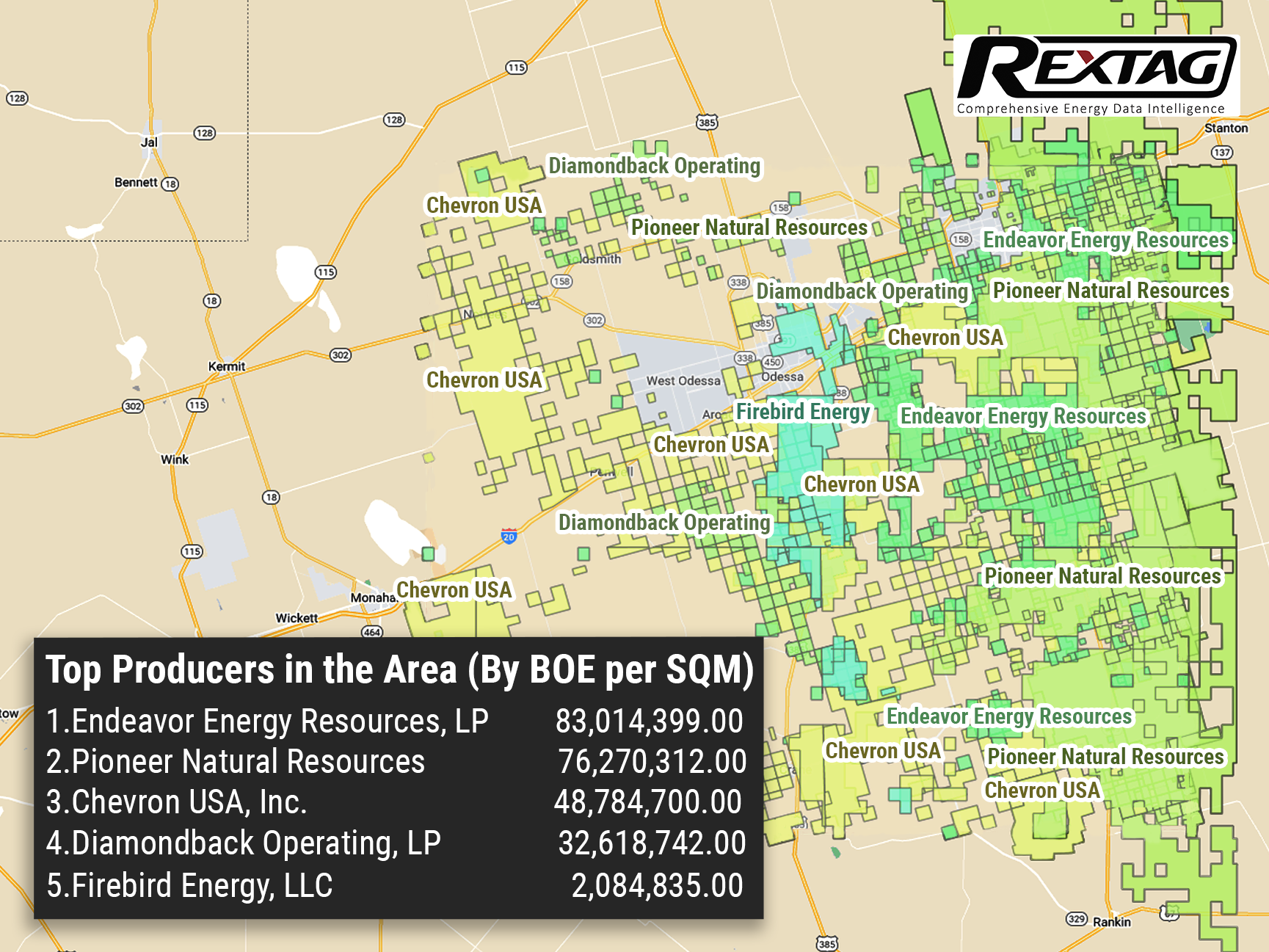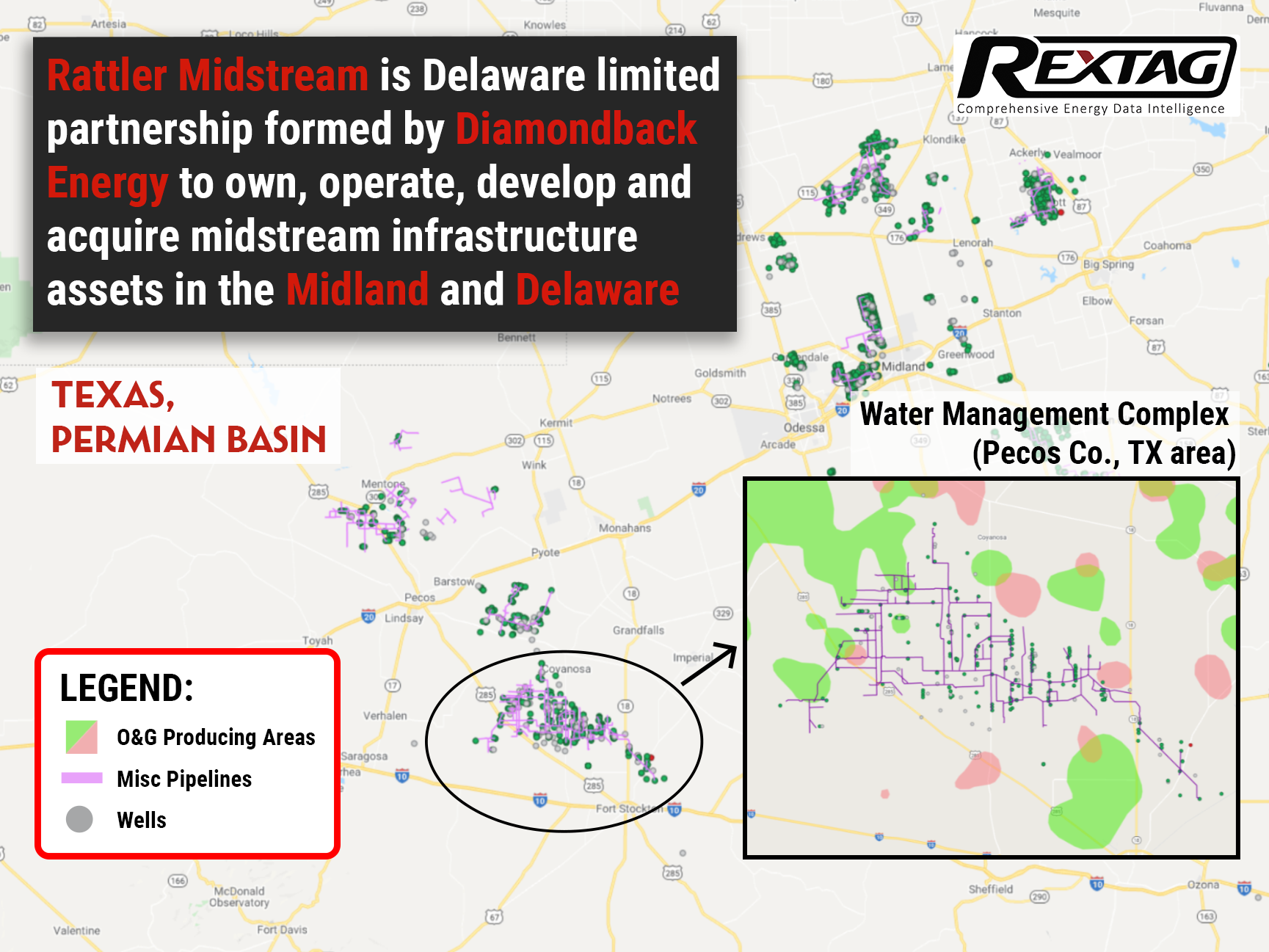Blog
Since days when shale oil and gas technologies were discovered, the U.S. energy industry has been evolving more rapidly than ever before. Many changes are amazing especially when you put them on an industry map. At Rextag not only do we keep you aware of major projects such as pipelines or LNG terminals placed in service. Even less significant news are still important to us, be it new wells drilled or processing plants put to regular maintenance.
Daily improvements often come unnoticed but you can still follow these together with us. Our main input is to “clip it” to the related map: map of crude oil refineries or that of natural gas compressor stations. Where do you get and follow your important industry news? Maybe you are subscribed to your favorite social media feeds or industry journals. Whatever your choice is, you are looking for the story. What happened? Who made it happen? WHY does this matter? (Remember, it is all about ‘What’s in It For Me’ (WIIFM) principle).
How Rextag blog helps? Here we are concerned with looking at things both CLOSELY and FROM A DISTANCE.
"Looking closely" means reflecting where exactly the object is located.
"From a distance" means helping you see a broader picture.
New power plant added in North-East? See exactly what kind of transmission lines approach it and where do they go. Are there other power plants around? GIS data do not come as a mere dot on a map. We collect so many additional data attributes: operator and owner records, physical parameters and production data. Sometimes you will be lucky to grab some specific area maps we share on our blog. Often, there is data behind it as well. Who are top midstream operators in Permian this year? What mileage falls to the share or Kinder Morgan in the San-Juan basin? Do you know? Do you want to know?
All right, then let us see WHERE things happen. Read this blog, capture the energy infrastructure mapped and stay aware with Rextag data!
Why This Matters: Diamondback and Endeavor’s $26 Billion Merger Creates a Permian Titan
What happens when two giants merge to form an oil empire? Diamondback Energy has just completed a massive $26 billion merger with Endeavor Energy Resources, following months of review by the Federal Trade Commission (FTC). The outcome? A powerful new player in the oil industry, poised to transform production in the Permian Basin, one of the richest shale regions in the world. Analysts are calling this merger a game-changer, as Diamondback and Endeavor now control a vast expanse of oil-rich land, referred to as the "last and best oil sandbox" for its potential to maximize production using advanced technology.
What's Behind the Rise in U.S. Drilling Rigs?
The total number of drilling rigs actively exploring and producing oil and natural gas in the United States increased to 585 for the week ending July 5, up from 581 the previous week. Despite this recent uptick, the current count still falls short of last year's 680, indicating a slowdown in drilling activities. Analysts suggest that this reduction may reflect greater efficiency among shale producers, who now require fewer rigs. Nonetheless, concerns remain about whether some producers have enough viable drilling land
Permian Basin Giants: 2024 Net Production Forecasts
Rystad Energy predicts that the merged company of Diamondback Energy and Endeavor Energy will produce 819,500 barrels of oil per day in the Permian Basin in 2024. Rystad, an energy research and business intelligence company from Norway, expects the ExxonMobil-Pioneer Natural Resources merger to lead the Permian in total net production for the year, with a projection of nearly 1.4 million barrels per day. Notably, about 53% of this production will be oil. Chevron is set to produce slightly more than Diamondback-Endeavor, with Occidental-CrownRock following closely. ConocoPhillips ranks fifth, with a production forecast of just under 800,000 barrels per day. Chevron's production is 47% oil, while Diamondback-Endeavor and ConocoPhillips have 57% oil in their mix, and Occidental-CrownRock is just below 50%.
From Peanuts to Richest Oil Tycoon in America: Autry Stephens Built an Empire, his net worth is...
Diamondback Energy is buying Autry Stephens's company, Endeavor Energy Resources, for $26 billion. This deal (learn more) will make Stephens the richest oil driller in the U.S., with a $25.9 billion fortune, jumping him up to 64th place on a list of the world's richest people. He'll be wealthier than other big names in oil, like Harold Hamm with $15.4 billion and Jeff Hildebrand with $17 billion. However, Charles and Julia Koch are still richer, but their money comes from different businesses, not just oil.
Anticipated Growth: Endeavor Energy's Value Nearing $30 Billion
This summer, J.P. Morgan Securities highlighted Endeavor Energy Resources as the Midland Basin's standout in mergers and acquisitions, suggesting its value might approach $30 billion. Endeavor Energy Resources, a privately-owned entity in Midland focusing solely on its operations, has seen a significant uptick in production. It now boasts a production rate of 331,000 barrels of oil equivalent per day (boe/d), marking a 25% increase from the previous year.
Diamondback's Viper Energy Acquires $1 Billion in Royalty Interests in the Permian Basin
Viper Energy's deal, comprised of cash and equity, secures an additional 2,800 net royalty acres in the Midland Basin and 1,800 in the Delaware Basin. Viper Energy Partners LP, a Diamondback Energy Inc. subsidiary, has inked a deal to acquire mineral and royalty interests in the Permian Basin. The deal, valued at around $1 billion, is with Warwick Capital Partners and GRP Energy Capital. Viper was established by Diamondback with the purpose of owning, purchasing, and capitalizing on oil and natural gas assets in North America, specifically targeting mineral and royalty interests.
Diamondback Sells More After Hitting $1B Target
Diamondback Energy sold more midstream assets in Q2 as part of a $1B plan to shed non-core assets, reducing debt in the Permian Basin. In July, Texas-based Diamondback Energy Inc. sold a 43% stake in the OMOG crude oil system, revealing this in its Q2 earnings on July 31. OMOG JV LLC, running 400 miles of pipelines and 350,000 bbl of storage in Midland, Martin, Andrews, and Ector counties, was detailed in Diamondback's filings. The sale provided $225 million in gross proceeds. Diamondback has announced or completed $1.1 billion in non-core asset sales since initiating the program. Initially aimed at raising $500 million, the 2023 target was increased to $1 billion.
Exploring the Energy Lifeline: A Tour of Williston Basin's Midstream Infrastructure
The Williston Basin, which spans parts of North Dakota, Montana, Saskatchewan, and Manitoba, is a major oil-producing region in North America. In order to transport crude oil and natural gas from the wells to refineries and other destinations, a vast pipeline infrastructure has been built in the area. The pipeline infrastructure in the Williston Basin consists of a network of pipelines that connect production sites to processing facilities, storage tanks, and major pipeline hubs
A&Ds in O&G forecast for 2023, trends and factors that influence this
“Our view is in 2023 M&A picks up. There was some this 2022 year, but again, it was such a funky, weird macro world. We expect fewer surprises in 2023.” — Dan Pickering, Pickering Energy Partners. Modern companies in the world operate in a rapidly changing external environment, so the process of reorganization is one of the basic tools for solving the problem of adapting companies to new conditions. Recently, the number of Acquisitions and Divestitures in the oil and gas industry has been growing rapidly, i.e. it can be said that the market for these deals is dynamically developing.
$1.55 Billion Deal, Diamond Energy Acquires Lario Permian
On November 16 Diamondback Energy Inc. decided to expand in the Midland portion of the Permian Basin with the acquisition of Lario Permian LLC in a $1.55 billion cash-and-stock transaction. The Permian operator announced another billion-dollar agreement to purchase FireBird Energy LLC, a private Midland Basin operator. In total, Diamondback is paying almost $3.3 billion to extend in the Midland Basin. When combined with the pending FireBird acquisition, Diamondback is increasing its Midland Basin footprint by roughly 83,000 net acres, is adding 500 high-quality drilling opportunities that compete for capital with the current development plan and is raising the 2023 production profile by almost 37,000 bbl/d of oil (50,000 boe/d).
Diamondback Acquires FireBird In Midland, For $1.6 Bln
FireBird Energy LLC, a private Midland Basin operator backed by RedBird Capital Partners and Ontario Teachers’ Pension Plan, purchases Diamondback Energy Inc. in a cash-and-stock transaction estimated at almost $1.6 billion, according to a company release on Oct. 11. Moreover, Diamondback also unveiled an aim to sell not less than $500 million of noncore assets by year-end 2023, with proceeds earmarked for further debt reduction, to support the Midland, Texas-based company’s pledge to reward shareholders.
Non-core Permian assets to be sold for $160 million by Diamondback Energy in a massive Drop-Down Transaction
Diamondback Energy is willing to sell some of its Permian Water Assets in order to reduce debt and ensure a steady oil supply through the end of the year. The brokered deal will bring the company some $160 million in cash. Consolidation seems to be the trend in the industry, but for how long?

